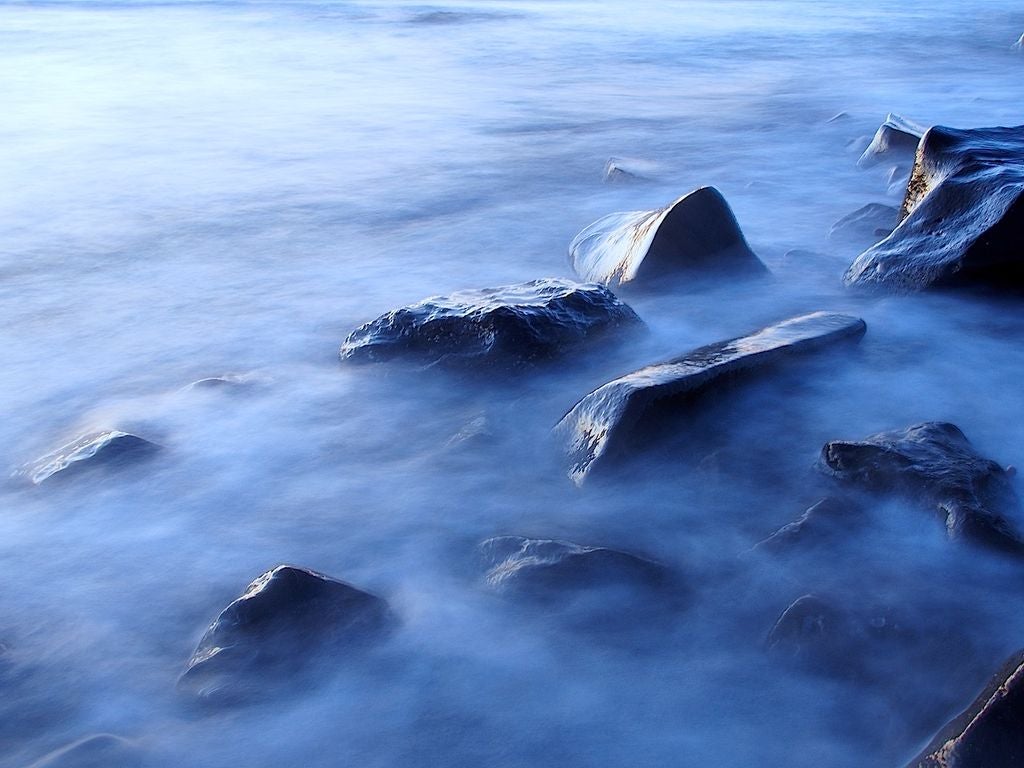I've posted about using neutral density filters in the past. For me, the most common uses are to:
- Reduce the light coming into the lens to allow me to shoot at wide apertures (for shallow depth of field) in bright light
- Reduce light to allow the use of longer shutter speeds, which provides the ability to blur motion.
I usually carry a 3-stop filter, which allows me to move from say f8 in daylight, as some reasonable shutter speed, to f2.8. That makes a real difference in depth of field, for instance if I want to take a portrait in bright light, and blur the background.
Bhupinder2002 has posted some shots using a 10-stop neutral density filter on a 45mm f1.8 lens with the Olympus OM-D. This provides for a much larger change in settings, including allowing very long shutter speeds in broad daylight. Hence the moody motion of the water in the image above. It's a cool effect.
(Click Here) to see all of the images Bhupinder2002 posted.
DMC-365.blogspot.com
Bhupinder2002 has posted some shots using a 10-stop neutral density filter on a 45mm f1.8 lens with the Olympus OM-D. This provides for a much larger change in settings, including allowing very long shutter speeds in broad daylight. Hence the moody motion of the water in the image above. It's a cool effect.
(Click Here) to see all of the images Bhupinder2002 posted.
DMC-365.blogspot.com

No comments:
Post a Comment